Sensitivity in creativity as mindfulness
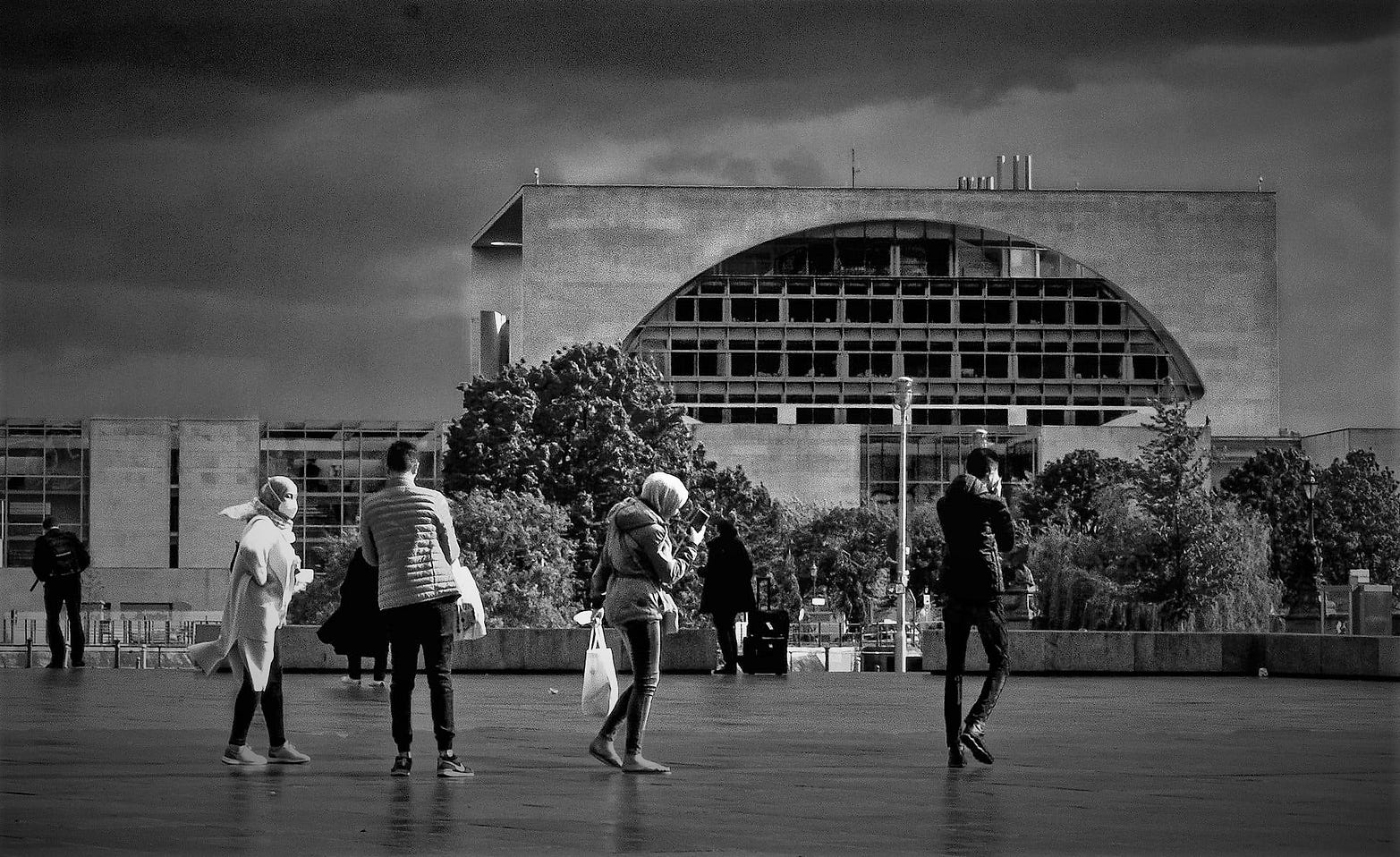
The way you look at the things around you makes all the difference. The way you approach the settings on your camera makes all the difference.
If you own a camera and a lens. It doesn’t matter if it’s A 50 mm, a 35 mm, or 24 mm-105 mm. If you own a mobile phone with a camera, you can take photos and use your creative powers to get the best from simple equipment.
A camera and one lens and the world is yours.
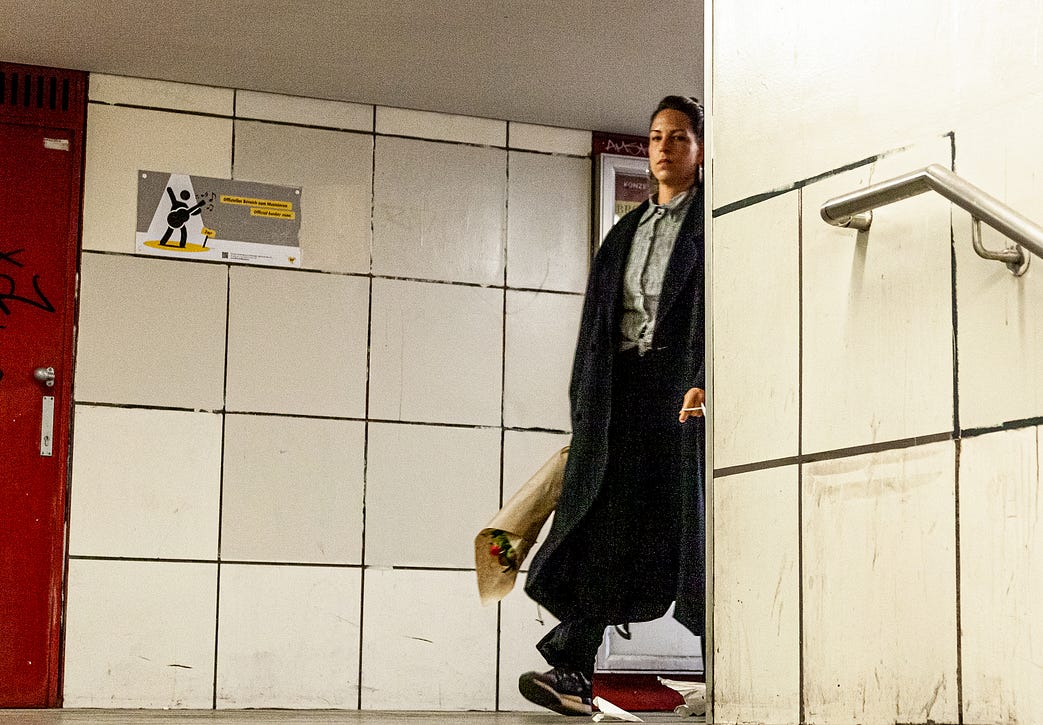
If there is one thing that makes me bored, it’s photographers who constantly talk about the technical attributes of a camera.
They talk about buttons, super-powerful sensors of 105 megapixels, and a cameras’ ability to capture the moon and the stars with a lens that only a Hollywood camera person would own.
They are the gearheads, and they meet in dark rooms around the internet, often have loud voices that boom over the crowds of insecure newbies.
I’m old school. I’m not wealthy enough to simply upgrade to every whim and fancy of a fast-moving photography market.
I’m a worker who doesn’t blame his tools but demands the best from his work.
I like art.

I enjoy the challenge of doing my best to create a photograph with a four-year-old digital camera, it’s got something special about it. It’s out of date as far as the techies are concerned.
The photos that I take with my camera are often pretty good. I’m getting there, and I’m so happy that, back then, I quickly sensed the pointless race to own “impressive” equipment.
So, I just kept taking photos. I made mental notes of how to use the settings of ISO, F Stop, and shutter speed, to transcribe how I see an object into the memory card of my camera, upload it to the computer and minimize the processing. To experiment with what I have.
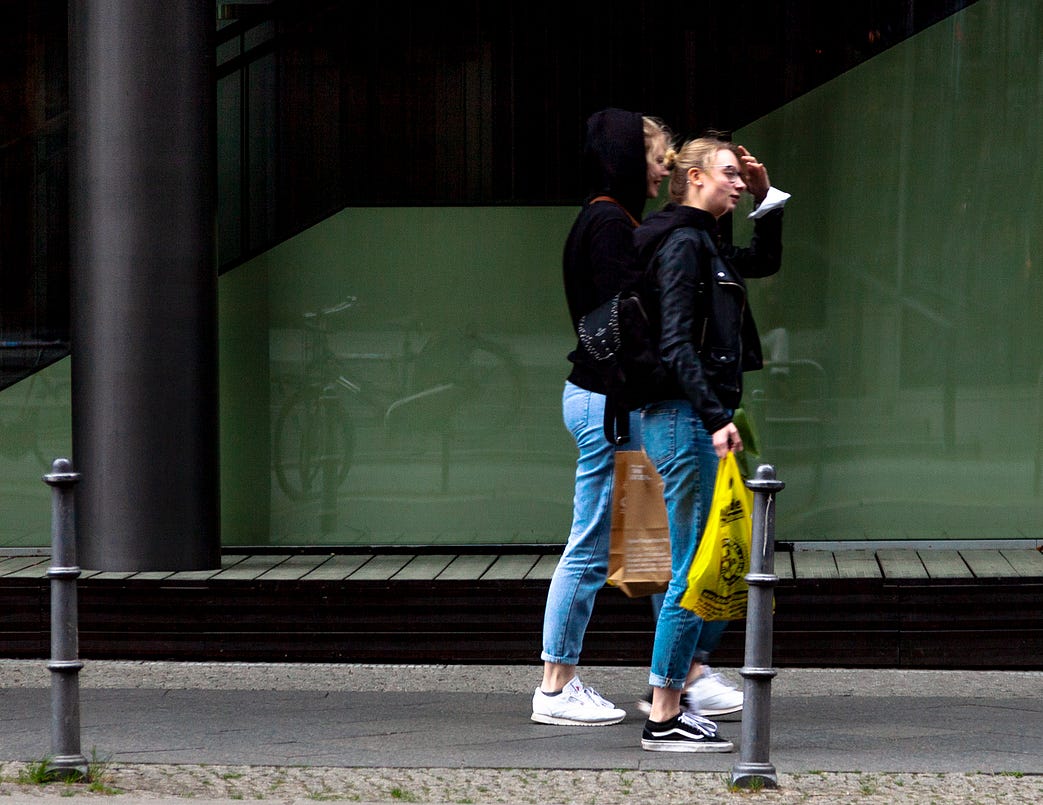
I have a full-frame camera. It’s a great camera, but I’m not taking photos that will be blown up into billboard size adverts. If I have portraits to do, I use the full frame and an appropriate lens. The quality of the finish is different.
Camera settings are important to understand. The first thing to note is that there are no standard settings for different situations. It all depends on the light, your lens, and what your camera is capable of.
Each situation is unique. Approach life as if everything you look at is new, and it will help you to work with eyes wide open.
Henri Cartier Bresson talked about the decisive moment in photography, and people like to quote him on that. Listen more carefully to him, in interviews, and you’ll note that when pushed as to what the “decisive moment” means, he’ll shrug his shoulders, and in a sweet French accent say, “sensitivity”.
The key to creativity is to be sensitive to the world around you. It’s only then that a decisive moment can be recognised.
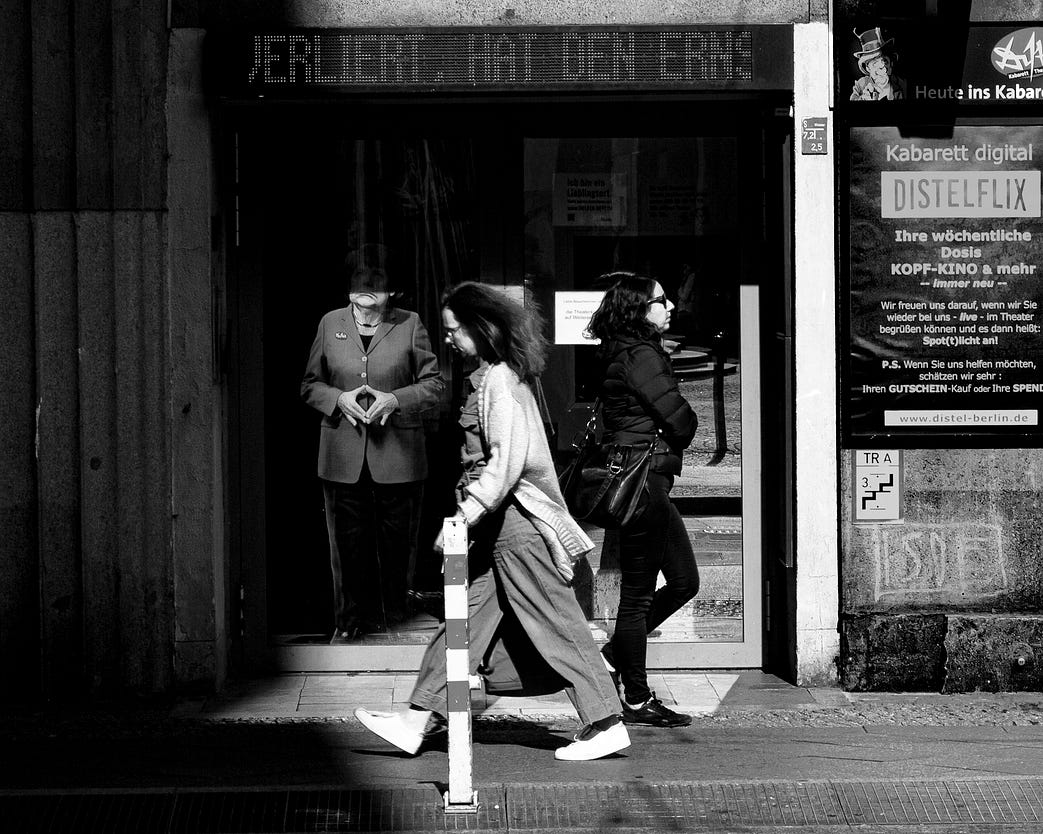
Artistic work isn’t made in a 1,2,3, step by step way. It is searched for and found by the sensitive photographer, who is ready for the decisive moment. That moment will crop up at any moment, so be ready.
If I’m on the street and I know I want shots of moving people, I’ll have a fast shutter speed, already. If it’s sunny and blue sky, I’ll set it at 250/1 second. This allows me to freeze movements that I want frozen in motion. ISO might be around 100-200, and the F stop depends on how much information I want in the shot when I think about the surrounding area of the frame.
The above ideas for settings are a good rule of thumb on a bright day, but I’ll be adjusting up and down, wider, narrower, lighter to darker, all of the time. Everything is different. I don’t want automated, I want unique.
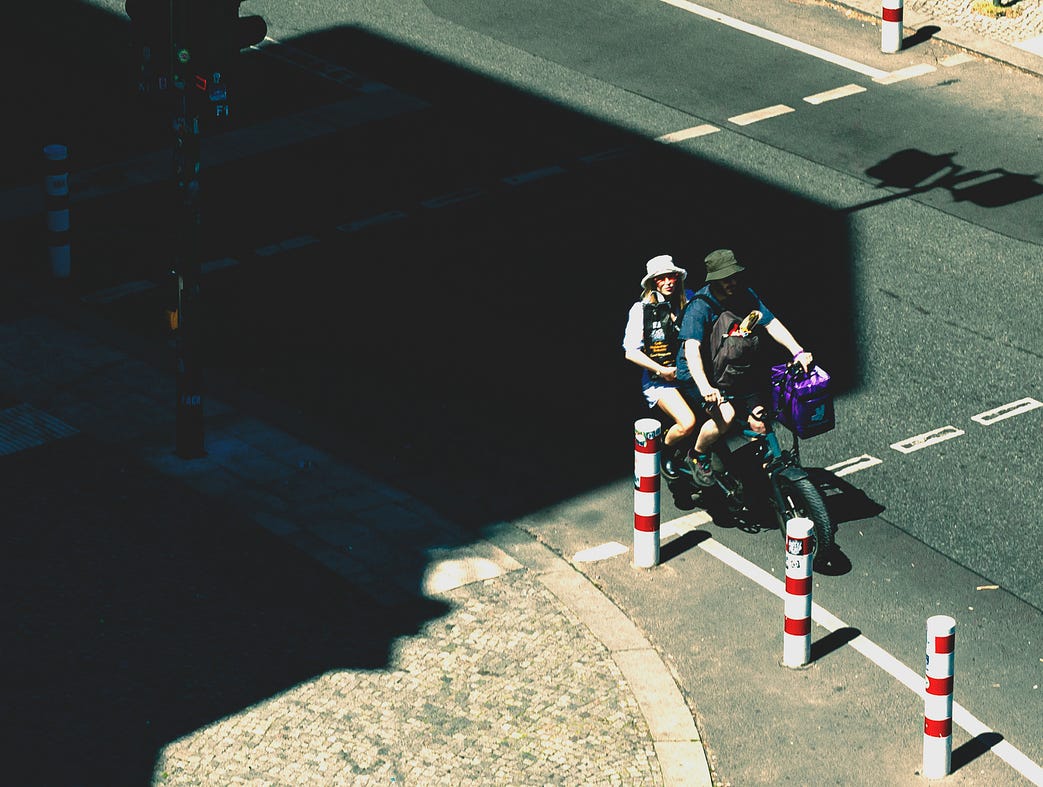
Photographers are different from painters. Painters think deeply about their subjects, they must often be sure that what they will paint is going to be worth the effort. So as they think, they find meaning in their subject. Photographers use their feet and search the world for interesting subjects. Those subjects are often the threads that stem from a major theme that a photographer finds interesting.
Painters, who work hard, often look gaunt and drawn. They use every morsel of energy to get everything out of the moment — a moment that can last a long time in a painting.
The sensitive photographer learns to put all that energy into a short, fleeting moment. Often it’s a sudden occurrence on the street or a strange configuration of people that forms, then disappears. The light changes, and with it, everything about the image morphs into the unexpected. To be sensitive to these moments is the key to being in the right place at the right time.
Intention is knowing what you are looking for. Knowing that the decisive moment will occur if you stay sensitive to everything that is happening around yourself.

You may be a landscape photographer or a street photographer. That special moment can be found everywhere and in every type of subject.
Even if you are a wedding photographer, you should be sensitive to everything that is happening. Your intention is to journal a day when everybody is celebrating an important event. A special moment in life.
Too many wedding photographers get into a routine; they photograph preparations, the sparkling ring on a silk cushion, the moment when the happy couple is joined with rings and a kiss. The couple stroll through idyllic gardens into the sunset. The photographer has a preset “set” of shots to capture a mood, but the sensitivity to the whole affair is lost in making sure the expected tropes are captured. It’s commercial.
If you prefer to think of sensitivity in creativity as “mindfulness”, then you are on the right track. Art is a meditation on life. An investigation.
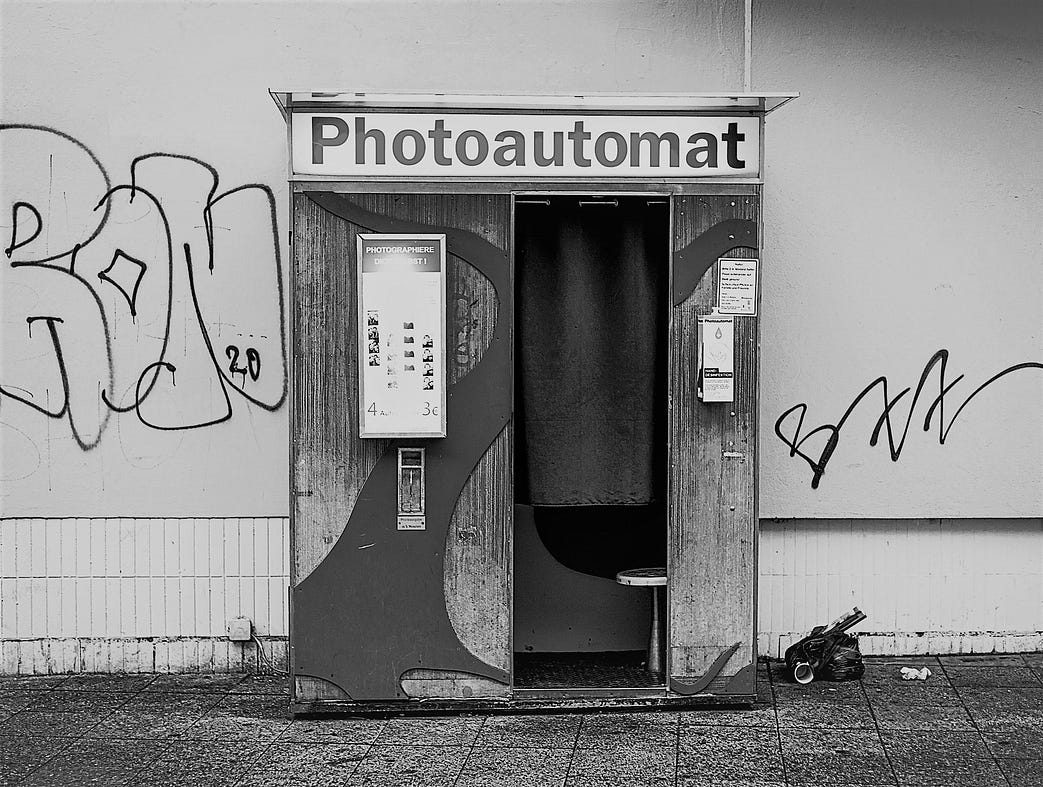
To be sensitive to the world around you is not to be soft and sentimental. To create art, or something close to it, you must be tough-minded. Being sensitive is to open yourself to a part of the mind that most humans prefer to keep locked down.
Sometimes, an artist, a photographer, or a writer, can feel like a computer with a thousand pages open. All that data flowing, logging, analysed, stored for later use. When we remember that we have one intention only, and we must focus on what we are observing, then we can calmly approach a situation and still be sensitive enough to look outwards. To really see an object with all its qualities and beauty.
I find life itself to be fascinating. That’s why I don’t like to categorize, tag, or slot people and things into groups just so I can name them each time they come into my vision. That’s an attempt at controlling things so that a person can feel secure.
Each time I meet a friend, someone who I’ve known for many years, they are different. Each time I go out with a camera walk along the same streets, through the same city, it has changed. If I’m sensitive to this, then I will see the change and the opportunity to capture it anew.
You may want to photograph just one thing, or you may find everything interesting. Your intention should come from a deep desire to find out about those things, that’s how sensitivity towards what you see develops.
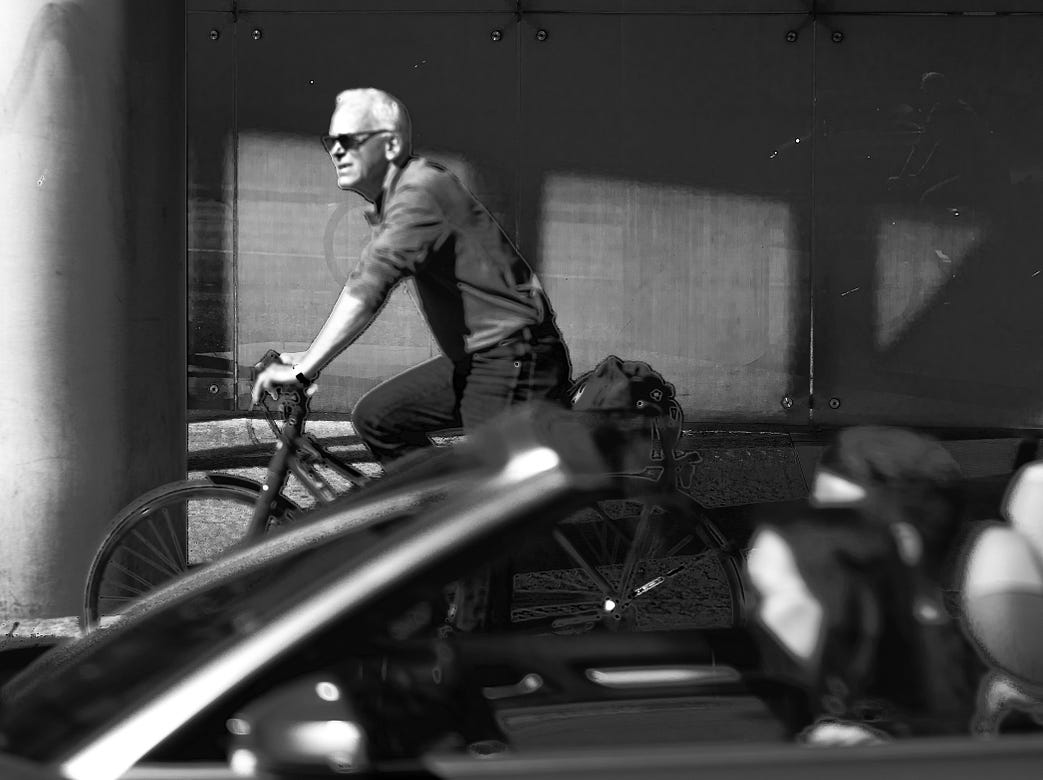
To live with intent, with a camera in hand, leads to seeing more deeply, to be sensitive. Don’t numb the mind with categories, but see everything for the first time, and you will take better photos and create your art.
Leave a Reply
You must be logged in to post a comment.